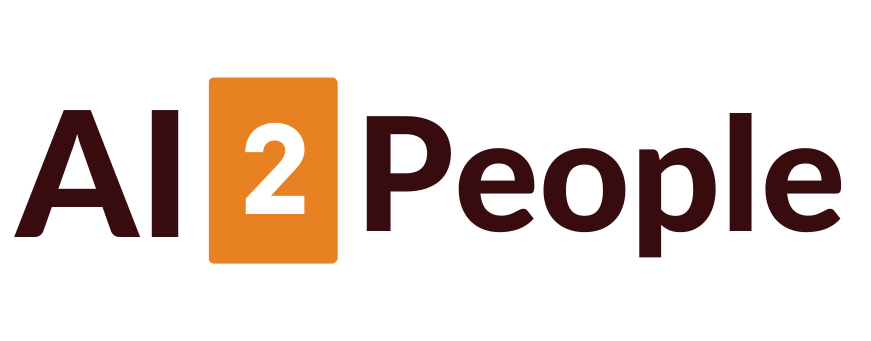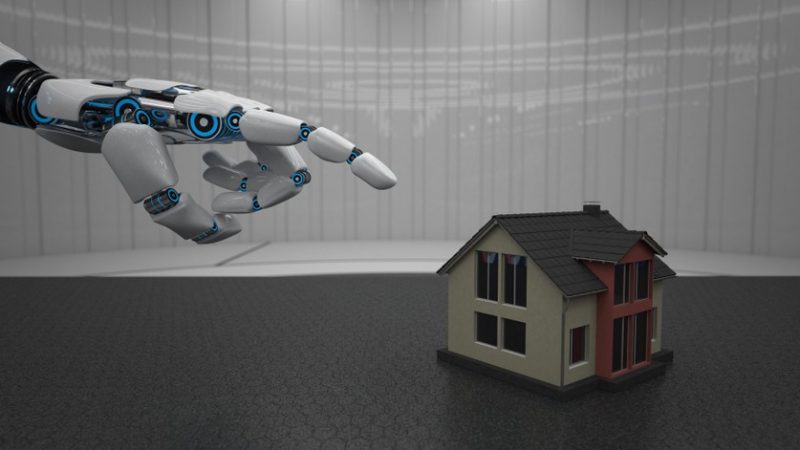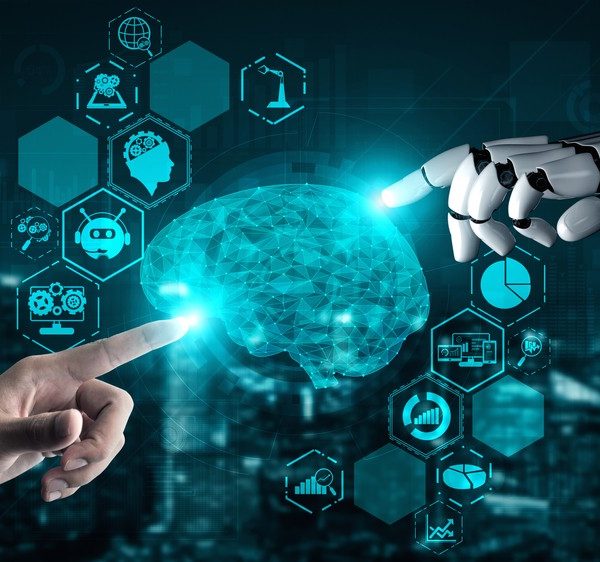
How AI Can Restore Old Videos?
Do you have old video clips that hold some of your fondest memories? Family gatherings, kids growing up, and adventures from years ago – many of us have a collection of older videos at home. While these videos are precious, they may no longer be of high enough quality to enjoy fully due to time, temperature changes, and wear and tear. Even digital films recorded just a few years ago may look dated now as technology advances.
But there’s good news: artificial intelligence (AI) technology can restore your beloved memories to their old glory. Here’s a closer look at how video restorer software can improve the quality of old videos and bring them back to life, even for those without specialist knowledge.
Restore Old Videos and Enhance Quality with AI Technology
AI has become a part of our lives in various ways, and it was only a matter of time before AI enthusiasts started teaching advanced algorithms how to restore old films. Through this productive training, AI can now restore and even enhance old videos with outstanding results.
One of the most impressive examples of AI video restoration is “A Trip Down Market Street,” a 1906 video documenting life in Victorian San Francisco. Shot just days before a devastating earthquake, the original footage was a true time capsule of the era. Thanks to AI tools, the original footage has been enhanced with higher resolution, higher frame rates, and vibrant colors. The result is a stunning piece of history that brings pre-earthquake San Francisco back to life.
Video enhancement software can be transformative for low-resolution videos, but the success of the enhancement process largely depends on the image quality of the source. The more detail remains in the original footage, the easier it is for AI algorithms to fill in gaps and restore the video. Bad-quality footage with little information may still be enhanced, but the results may not be as impressive.
Tips for Enhancing Your Old Videos with AI Technology
If you have old videos stored in your attic or basement, it’s best to check on them sooner rather than later. To ensure the best results for video restoration, make sure the original recordings are stored in a dry place without exposure to extreme temperatures. Once you’ve confirmed that your old videos are in good condition, it’s time to look for video enhance AI software programs.
Most video restoration software programs work by analyzing existing footage frames and filling in the details of identified objects to improve the quality of the video. The software can remove pixel motion artifacts and other detrimental objects in video and stabilize shaky footage, resulting in an upscaled video that is free from defects.
Enhance Your Videos with AVCLabs Video Enhancer AI
Are you tired of watching grainy and blurry home videos? Do you wish you could restore your old family videos to their former glory? Look no further than AVCLabs Video Enhancer AI. This easy-to-use software utilizes powerful deep learning algorithms to enhance video quality, making it possible to upgrade low-resolution videos to 4K or HD quality.
What is Deep Learning?
Before we dive into AVCLabs’ technology, let’s first discuss deep learning. It is a form of machine learning that allows machines, such as computers, to improve their calculations by learning from previous mistakes. This kind of learning can be unsupervised, semi-supervised, or supervised, depending on the task at hand.
AVCLabs Video Enhancer AI
AVCLabs uses deep learning to power its proprietary algorithm, which can upscale video resolution and frame rates, adjust brightness and contrast, and reduce video noise. The software can also make blurry videos sharp, and even enhance facial features using the face refinement option.
Using AVCLabs Video Enhancer AI
Using AVCLabs Video Enhancer AI is simple and intuitive. Start by downloading and installing the software, then add your videos from your computer. You can select the artificial intelligence model and the desired resolution of your video footage. If you’re unsure, start with the standard model and experiment with different settings until you find the one that works best for your footage.
Popular Features of AVCLabs Video Enhancer AI
Most people will want to upscale their videos, but the denoise feature is also popular. If your video includes people and their faces, the face refinement option is a must-try. It can detect facial features and enhance every detail, making your subjects look great and truly bringing them to life.
Revitalize Video Quality with AI-Powered Restoration
Do you have a collection of old videos that have lost their charm over time? Do you wish to restore them to their former glory without compromising their quality? Fortunately, modern technology has made it possible to breathe new life into old videos with AI-powered restoration.
The Process of Restoring Video Quality
To start restoring your video, simply instruct your computer to begin the process. All you need to do is sit back and wait while the AI algorithms work their magic. The time it takes to complete the process varies depending on several factors, such as your PC’s specifications, the size of the video, and the chosen output resolution. As a general rule, the larger the video and the higher the resolution, the longer the restoration process takes.
Enhancing the Video Restoration Process
If you want to get the most out of your video restoration, it is worth exploring the preparation options in more detail. Although this step may take some time, it is worth the effort because the results are often exceptional.
Subheadings:
Here are some essential tips to get the most out of your video restoration process:
- Choose the Right Software for Video Restoration
- Select Appropriate Output Resolution
- Consider the PC Specifications
- Be Patient and Let the Restoration Process Complete
- Evaluate the Restored Video Quality
- Explore Advanced Restoration Options for Better Results
Choosing the Right Software for Video Restoration
The first step in the video restoration process is choosing the right software. There are several software options available in the market, each with its unique features and functionalities. You must choose software that offers AI-powered restoration because it produces high-quality results that are difficult to match.
Selecting Appropriate Output Resolution
The output resolution you choose for your video also impacts the restoration process’s overall time. While higher resolutions produce sharper images, they also require more processing power and time. Therefore, it is essential to choose an output resolution that balances the quality and the time required to complete the restoration process.
Considering the PC Specifications
Your PC’s specifications also play a critical role in the restoration process’s overall speed and performance. A higher-end PC configuration will result in faster processing times and better quality output. Therefore, it is worth considering upgrading your PC if you plan to restore multiple videos.
Being Patient and Letting the Restoration Process Complete
The restoration process can take some time, depending on the video’s size and the chosen output resolution. Therefore, it is essential to be patient and let the process complete without interrupting it.
Evaluating the Restored Video Quality
Once the restoration process is complete, it is crucial to evaluate the quality of the restored video. AI-powered restoration produces excellent results, but there may be some variations in the output quality. Therefore, it is worth spending some time checking the output video’s quality and making necessary adjustments.
Exploring Advanced Restoration Options for Better Results
To get the best results from your video restoration process, it is worth exploring advanced restoration options. These options provide more extensive control over the restoration process, allowing you to fine-tune the output quality to meet your specific needs.
Read Also:
Conclusion
Among the most popular video restoration services available are the Proteus AI model and the Chronos Ai model. These models employ powerful algorithms that have undergone extensive training to become ideal options for film post-production. Additionally, they provide a user-friendly platform that does not require specialized programming skills.
As video AI capabilities continue to advance, we can expect to see even more advanced versions that go beyond traditional interpolation techniques. With these advancements, we will witness video images free from visual artifacts, and the quality of film post-production will improve, resulting in more affordable pricing models for individuals without programming skills.
























